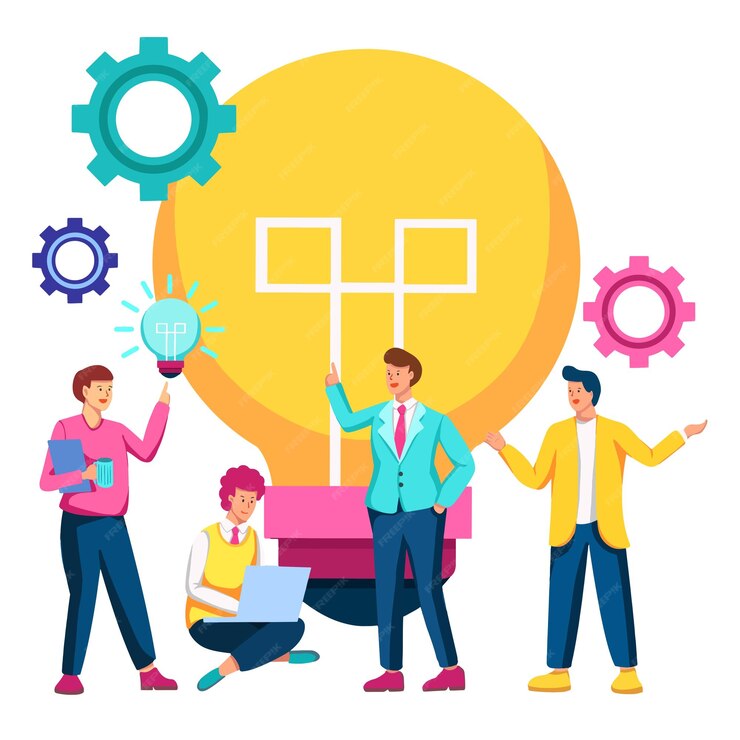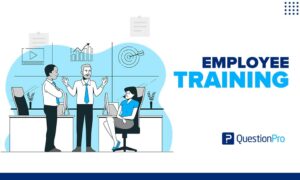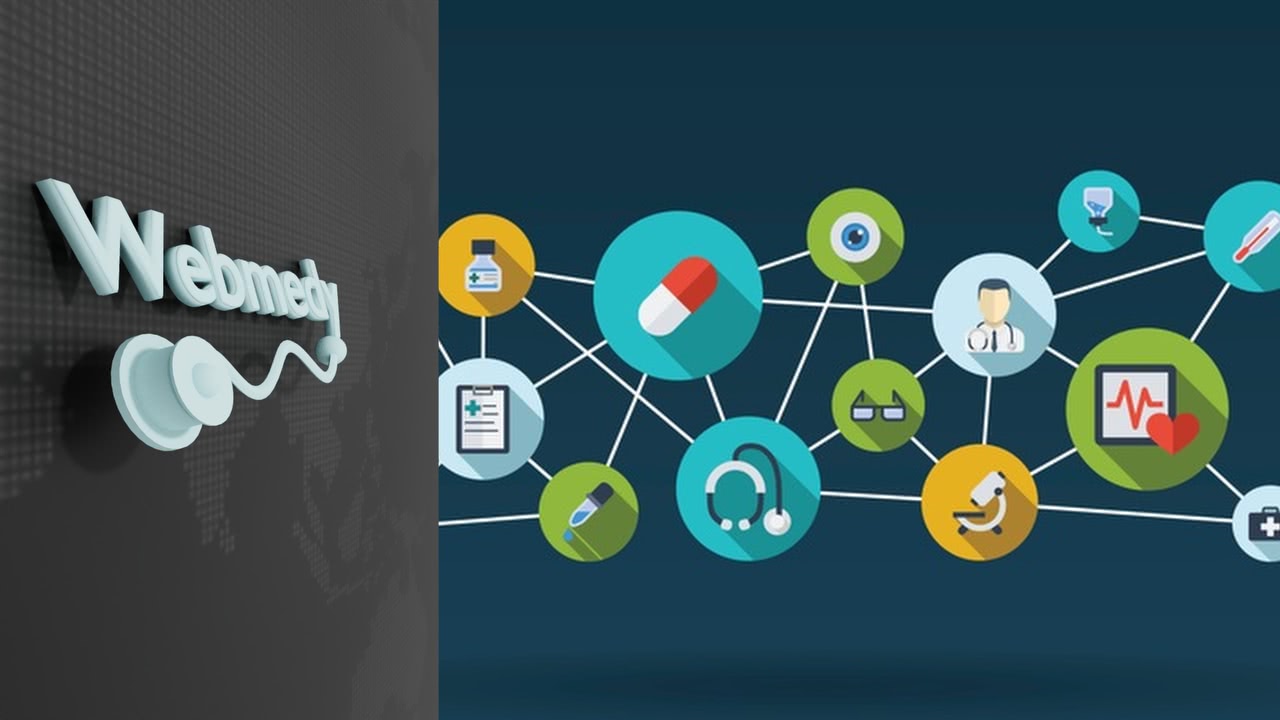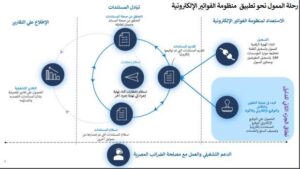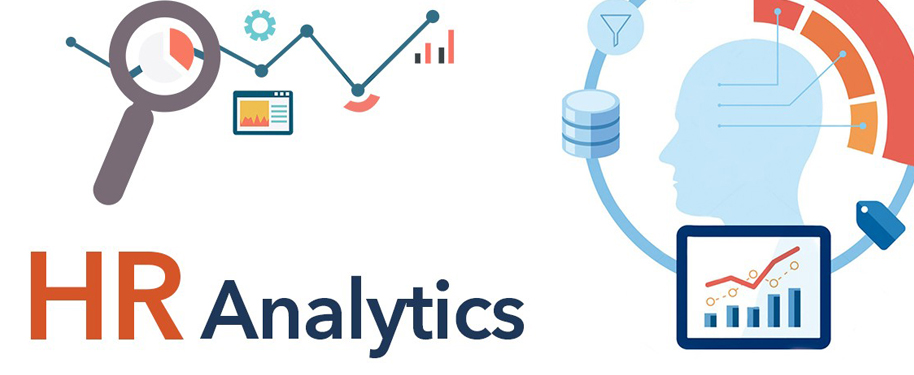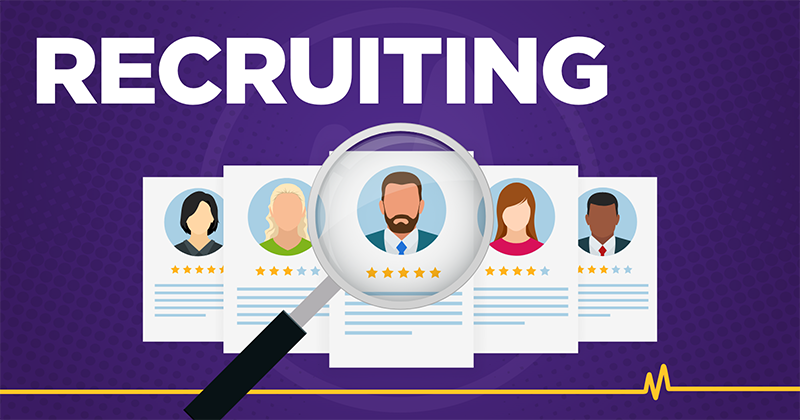Unlocking Opportunities: Employment in Small and Medium Enterprises
Introduction:
Small and medium enterprises (SMEs) play a pivotal role in driving economic growth and fostering innovation. Employment in these enterprises offers a myriad of opportunities for individuals seeking dynamic and rewarding careers. This article explores the landscape of employment within SMEs, shedding light on the unique advantages, challenges, and strategies for success.
1. Understanding the SME Sector
1.1 Defining SMEs
In this section, we delve into the definition of SMEs and their significance in the global economy.
Employment opportunities within SMEs are diverse and encompass various industries, including technology, manufacturing, retail, and services.
2. The Appeal of SME Employment
2.1 Flexibility and Agility
SMEs often offer a more flexible work environment, allowing employees to contribute meaningfully while enjoying a better work-life balance.
Working in an SME allows individuals to wear multiple hats, fostering a sense of ownership and empowerment.
3. Challenges in SME Employment
3.1 Limited Resources
One of the primary challenges in SME employment is the scarcity of resources, which can impact growth prospects and career advancement.
4. Strategies for Success
4.1 Embracing Innovation
Innovation is key to thriving in the SME sector. Employees should actively seek opportunities to innovate and drive positive change within their organizations.
5. Career Growth in SMEs
5.1 Opportunities for Advancement
Despite the challenges, SMEs provide ample opportunities for career advancement and skill development. Employees can carve out their career paths and make significant contributions to organizational growth.
6. FAQs (Frequently Asked Questions)
What are the typical job roles available in SMEs?
SMEs offer a wide range of job roles, including but not limited to marketing specialists, sales executives, project managers, and IT professionals.
How can I enhance my employability in the SME sector?
To enhance your employability in the SME sector, focus on developing a diverse skill set, staying updated on industry trends, and networking effectively.
Are SMEs suitable for entry-level professionals?
Yes, SMEs can be ideal for entry-level professionals as they offer opportunities for hands-on experience, rapid learning, and career growth.
Do SMEs provide training and development programs?
Many SMEs offer training and development programs to help employees enhance their skills and capabilities.
What are the growth prospects in SME employment?
Despite the initial challenges, SME employment can lead to significant growth opportunities, including promotions, increased responsibilities, and entrepreneurial ventures.
How can I overcome the challenges of limited resources in SMEs?
To overcome the challenges of limited resources, employees should focus on efficiency, innovation, and strategic resource allocation.
Conclusion:
Employment in small and medium enterprises presents a wealth of opportunities for individuals seeking dynamic and fulfilling careers. By understanding the nuances of the SME sector, embracing innovation, and leveraging available resources effectively, employees can unlock their full potential and thrive in this vibrant ecosystem.

